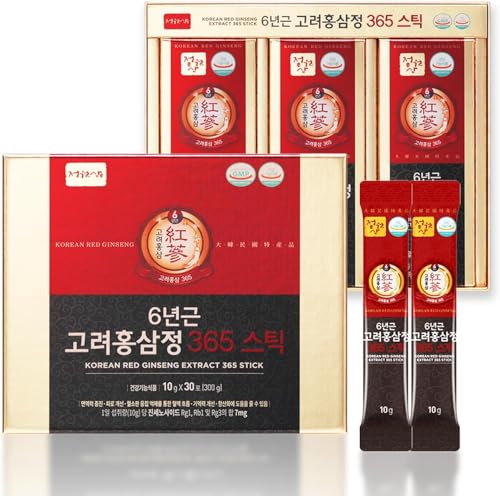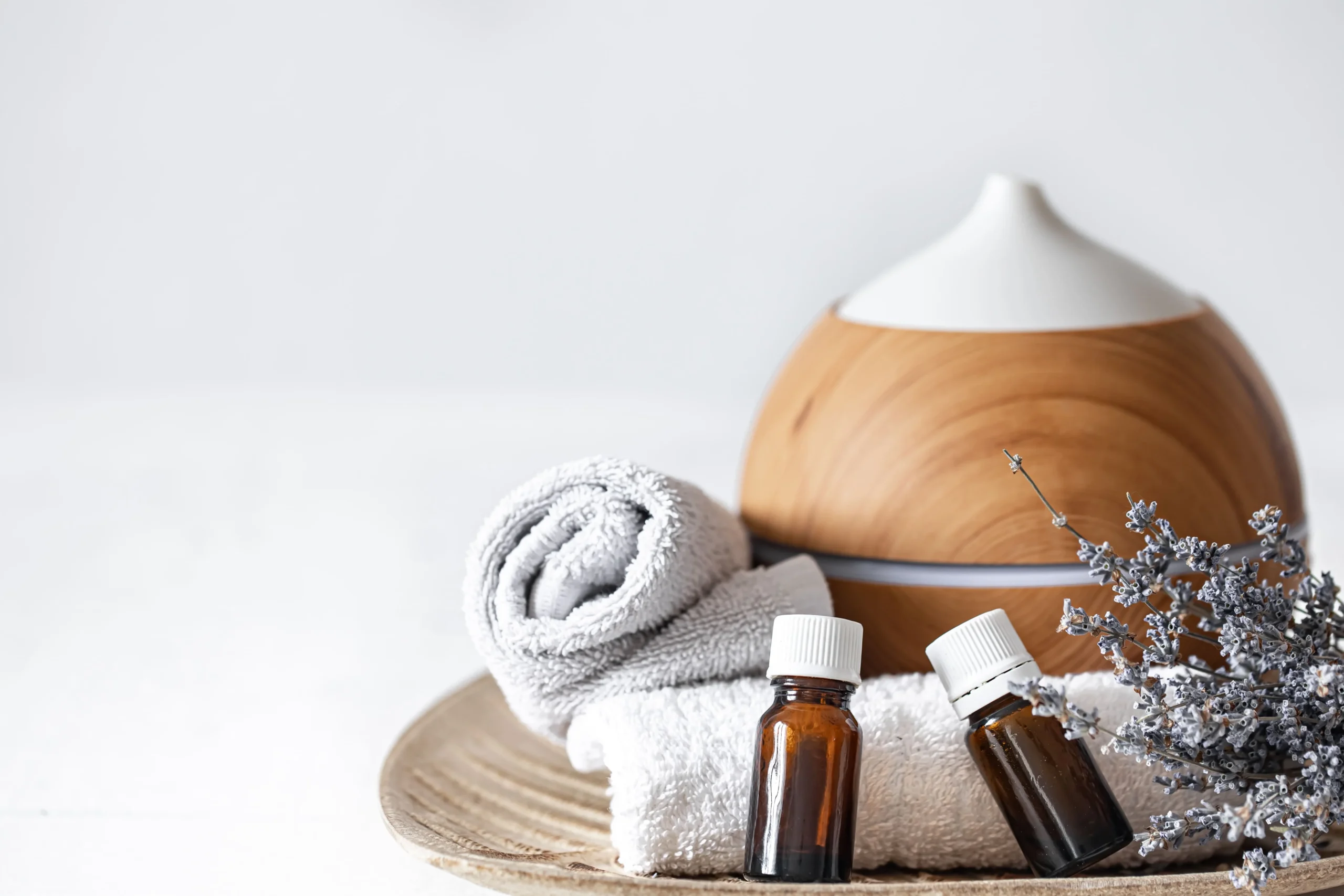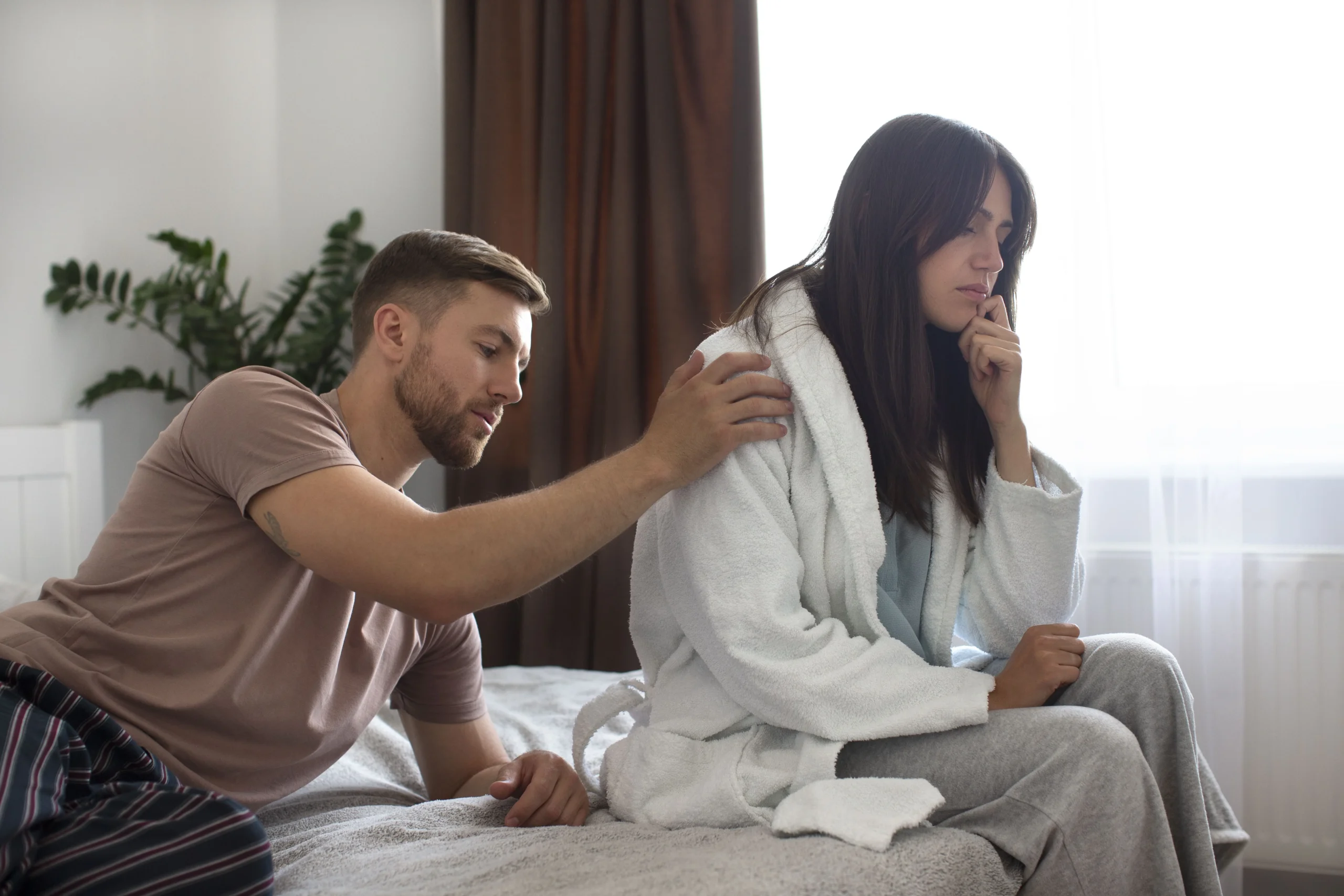Low Libido in Women: Causes, Stages, and How to Increase Sexual Desire
What is Libido in Women?
What is libido in women? It refers to female sexual desire, also known as sexual appetite or sex drive.
Many people think of it only as a physical issue. However, it is also affected by hormones, emotions, and social factors. Simply put, a woman’s libido is not constant: it changes throughout life.
I’ve heard of cases where some women experience a loss of libido in women as they age, while others don’t worry much about it.
Symptoms of Low Libido in Women
Some signs of low libido in women include:
- Lack of sexual interest in general.
- No libido in women when initiating intimacy.
- Feeling of “frigidity” or decreased arousal.
- Emotional changes related to sexuality.
If you want to dig deeper, here’s a guide on why I don’t feel sexual desire.
FAQs:
- How do I know if my libido is low?
- What happens when a woman has no sexual desire?
What Causes Low Libido in Women?
There are many reasons for low libido in women, including physical, psychological, and lifestyle factors.
Physical Causes
- Hormonal changes (menopause, contraceptives, pregnancy).
- Chronic illnesses such as diabetes, hypertension, or thyroid problems.
- Vaginal dryness or pain during sex.
Psychological Causes
- Stress, anxiety, depression.
- Low self-esteem or negative sexual experiences.
Relationship Problems
- Lack of communication.
- Emotional conflicts in long-term relationships.
- Relationship burnout (I recommend reading about long-term relationships).
Lifestyle Factors
- Fatigue, sedentary lifestyle.
- Poor nutrition, excessive alcohol, or drug use.
Diagnosis of Decreased Libido in Women
A professional evaluation is needed for decreased libido in women. Diagnosis may include:
- Physical exams and blood tests for hormone imbalances.
- Psychological evaluations.
- Review of medications and health history.
Low Libido in Women Treatment Options
There are several low libido in women treatment approaches:
Sex Education and Therapy
Talking to a specialist can help resolve psychological blocks. Practices like female masturbation can also help women reconnect with their bodies.
Medication to Increase Libido in Women
Some medication to increase libido in women may regulate hormones or boost arousal, always under medical supervision.
Hormone Therapy
For women in menopause, hormone replacement therapy can help.
Lifestyle and Natural Remedies for Low Libido in Women
There are many natural remedies for low libido in women:
- Exercise and strengthening the pelvic floor.
- Relaxation techniques like yoga or meditation.
- Healthy eating habits.
Supplements for Low Libido in Women
Some supplements for low libido in women may be effective:
- Supplements to increase libido in women: maca, ginseng, and damiana.
- Vitamins such as vitamin E, zinc, and omega-3.
Coping and support strategies
Open communication with your partner. I recommend reading about the importance of physical contact in a relationship.
Psychological therapy for depression or anxiety.
Foods that Increase Libido in Women
Certain foods that increase libido in women include:
- Chocolate.
- Avocado.
- Nuts.
- Ginger.
These foods are considered natural aphrodisiacs and may help increase libido in women naturally.
Best Ways to Increase Libido in Women
Looking for the best ways to increase libido in women? Some proven strategies include:
- Open communication with your partner.
- Maintaining mental and physical health.
- Using natural supplements and healthy lifestyle choices.
Recommended Products: Amazon Solutions
Along with lifestyle changes, there are supplements and products available:
Organic Maca Powder – natural energy booster.
Korean Red Ginseng – supports circulation.
Stimulating oils – improve sensitivity.
Multivitamins for women – hormonal balance.
Damiana capsules – traditional aphrodisiac.
(Always consult a professional before starting any supplement.)
Comparison Table: Amazon Products vs. Home Remedies
| Product | Type | Benefits | Contraindications |
|---|---|---|---|
| Organic Maca Powder | Natural supplement | Increases energy, may boost sexual appetite | Avoid during pregnancy; consult if taking hormones |
| Korean Red Ginseng | Natural supplement | Improves circulation and vitality | May raise blood pressure; check drug interactions |
| Stimulating Intimate Oil | Topical product | Improves lubrication and sensitivity | Possible allergic reactions; patch test advised |
| Multivitamin for Women | Supplement | Supports hormonal and general health | Avoid excessive doses of fat-soluble vitamins |
| Damiana Capsules | Natural supplement | Traditionally used as an aphrodisiac | Not recommended during pregnancy; limited evidence |
| Stimulating Gel (Pharmacological) | Pharmacological product | Provides localized arousal effect | Prescription required; possible side effects |
How to Increase Libido in Women Naturally
If you want to know how to increase libido in women without medication, focus on:
- Stress reduction.
- Intimacy and physical contact in relationships.
- Balanced diet and regular exercise.
How to Decrease Libido in Women
On the other hand, some ask how to decrease libido in women. This can be relevant in cases of causes of increased libido in women, such as hormonal fluctuations. Medical advice is essential before attempting to alter libido levels.
Life stages and changes in female libido
Female libido changes with age and hormonal levels:
Women’s libido in their 30s: Many women experience greater self-confidence and enjoy their sex life more.
Women’s libido in their 40s: It’s common to experience ups and downs due to perimenopause and hormonal changes (more info: Fun Facts About Sex After 40).
Libido during menopause: The decrease in estrogen can cause vaginal dryness, loss of desire, and discomfort. However, with healthy habits and treatment, it’s possible to improve libido during menopause.
Causes of Increased Libido in Women
There are also causes of increased libido in women, such as:
- Hormonal peaks during ovulation.
- Emotional or psychological stimulation.
- Strong connection in a relationship.
Final Tips to Recover Female Desire
The key to overcoming low libido in women is balance:
- Take care of physical and emotional health.
- Keep communication open with your partner.
- Remember that every woman experiences desire differently.
From my perspective, some women stress about low libido in women, while others accept the changes and still enjoy fulfilling intimacy. Both views are valid.






























